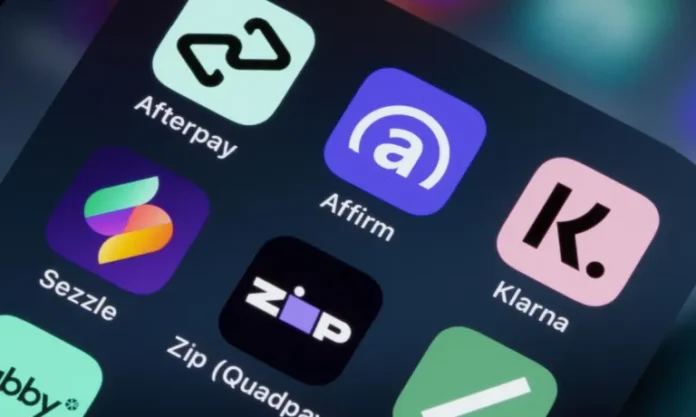On September 10, 2025, Klarna went public on the New York Stock Exchange, raising $1.37 billion at an IPO price of $40 per share. The stock opened nearly 30% higher at $52, giving the company a valuation between $15 billion and $20 billion.
This high-profile debut has brought Buy Now, Pay Later (BNPL) services into the spotlight, revealing how deeply integrated they’ve become in modern commerce. According to PYMNTS, here are 10 critical insights about BNPL consumers and what they mean for merchants, fintechs, and regulators.
The 10 Key Insights About BNPL Consumers
| # | Insight | Implications |
|---|---|---|
| 1. BNPL Is Now Mainstream | About 128 million U.S. adults used a BNPL service in the past 12 months, showing how far the market has come from its early days. | BNPL is no longer a niche product — merchants and providers must treat it as a core payment method. |
| 2. Explosive Market Growth | U.S. BNPL transactions reached $175 billion, an 88-fold increase since 2019. | Providers need to scale infrastructure, improve underwriting, and prevent fraud to keep pace with growth. |
| 3. Younger Generations Drive Adoption | 44% of Gen Z and 47% of millennials used BNPL in 2024, compared to 38% of the overall population. | Marketing should target younger users while also building trust with older generations to expand reach. |
| 4. Convenience vs. Necessity Users | Convenience users leverage BNPL alongside credit cards, while necessity users rely on it due to lack of alternatives. | BNPL products should be tailored by segment — flexibility for convenience users, support for necessity users. |
| 5. Financial Strain Drives Usage | Consumers with unpredictable finances are 3.5× more likely to use BNPL regularly. | Providers must incorporate income stability metrics into risk models and offer repayment support. |
| 6. High-Income Users Spend More | Wealthier consumers spend 40% more through BNPL than lower-income groups. | BNPL isn’t just for lower-income users — there’s potential for premium offerings and high-ticket purchases. |
| 7. Key Spending Categories | BNPL is used for clothing (40%), groceries (32.2%), and appliances (29.5%). | The use of BNPL for essential goods signals it’s becoming part of everyday life, not just discretionary spending. |
| 8. BNPL Drives Checkout Conversion | If BNPL isn’t offered, 43% of consumers abandon their purchase, while 42.4% opt for a cheaper item. | Retailers risk losing sales without BNPL, making integration crucial for conversion rates. |
| 9. High Satisfaction Rates | 76% of BNPL users report being very or extremely satisfied with their experience. | Strong UX and transparency can drive repeat usage and cross-sell opportunities. |
| 10. Rising Delinquency | Nearly 30% of BNPL loans were past due in January 2025, though this was down slightly from 33% in November 2024. | Providers need to focus on collections, credit limits, and early warning systems to mitigate risk. |
Klarna’s IPO and the Bigger Picture
Klarna’s IPO highlights BNPL’s transformation from an alternative payment option to a mainstream financial service. With rapid growth and widespread adoption, BNPL now competes directly with credit cards and traditional financing options.
However, the sector also faces critical challenges:
- Delinquency rates are climbing, exposing providers to credit losses.
- Regulators are paying closer attention, especially given the risk to vulnerable consumers.
- Merchants face competitive pressure — failing to offer BNPL can directly hurt sales and conversion rates.
Why This Matters for Merchants and Investors
- For merchants: BNPL is no longer optional. Offering it at checkout can increase average order values and capture younger demographics.
- For investors: Klarna’s IPO shows the market’s belief in BNPL’s long-term potential, but also the need for sustainable growth and risk management.
- For regulators: Oversight will likely intensify, especially as BNPL becomes integral to everyday purchases like groceries and bills.
Conclusion
Klarna’s IPO is more than just a stock market event — it’s a milestone for the global BNPL industry. The data reveals a service that has rapidly gone mainstream, reshaping consumer behavior and forcing merchants to adapt.
While BNPL offers unprecedented growth potential, its future depends on how well providers manage credit risk, maintain high user satisfaction, and navigate the regulatory landscape. The companies that strike the right balance will define the next era of consumer finance.




